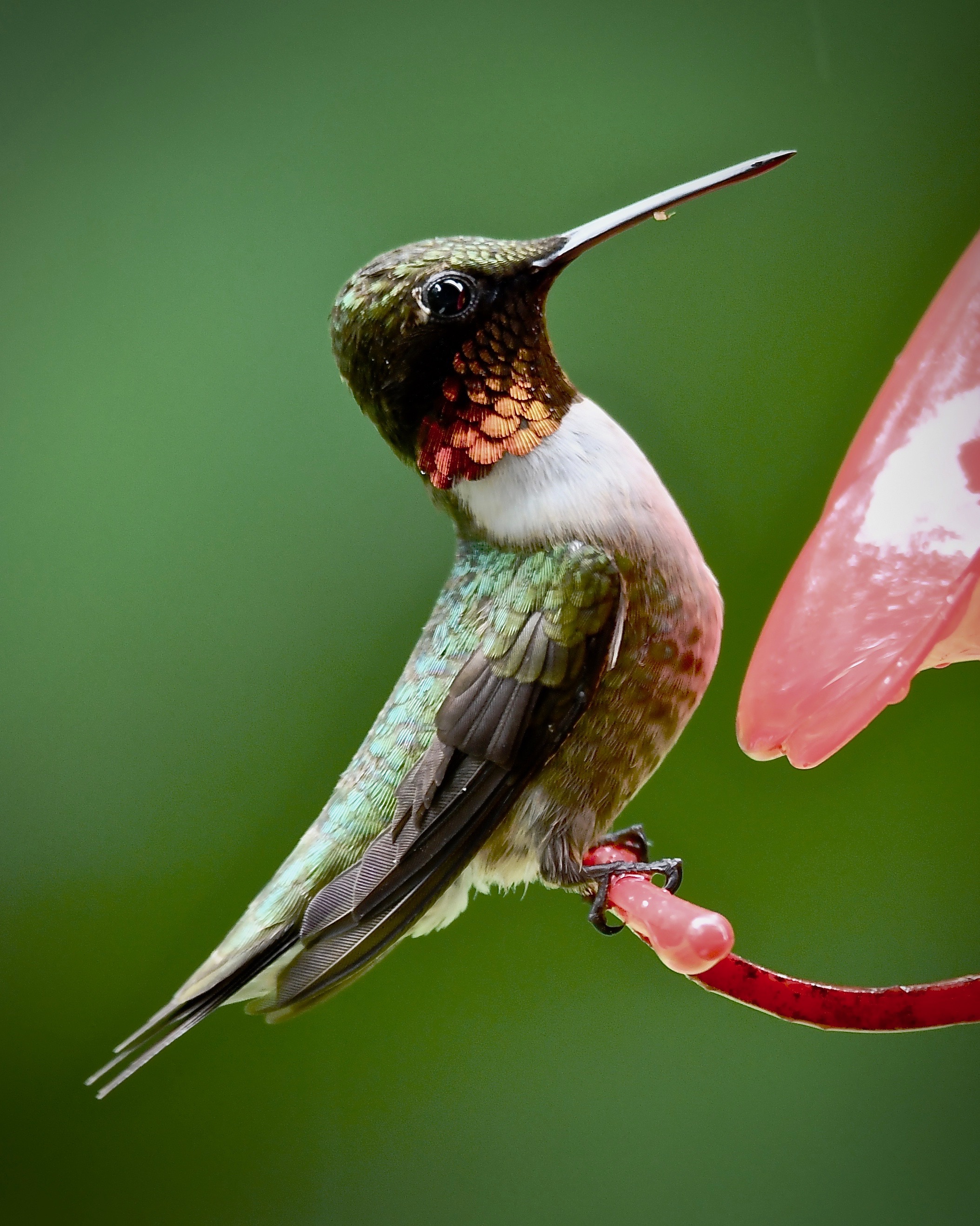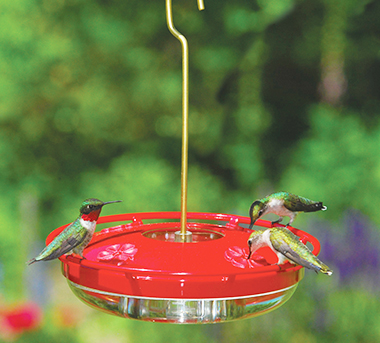Last week we invited you to ask questions you may have about Bluebirds, or any backyard bird subject. Trish Bolian asked us to show the difference in a Bluebird nest and a House Sparrow nest. And because Chickadees often use nest boxes we will show the 3 nest comparison. Thanks, Ms. Bolian.
Unfortunately for nesting birds here in mid-TN there are a number of predators and pests that can deter, disrupt, or destroy an attempt to nest. It’s no different for Bluebirds.
The most common problems are the House Sparrow, Raccoons, and Rat snakes.
The House Sparrow is perhaps the most common and frustrating to deal with. This introduced tenacious species is particularly noticeable in spring when the nesting season kicks in to high gear. You see them busily building nests in some of the most unlikely places, car washes, in traffic lights, gaps in broken store signs, Home Depot rafters, and in gaps or openings in just about any fast food restaurant. They may suddenly appear in yards and show interest in a nest box. Their nest is course, sloppy, and may contain debris like candy wrappers, cigarette butts, feathers, and odds and ends. These birds are highly motivated and typically get started in early March. House Sparrows have been known to pierce bluebird eggs and/or physically remove them from the nest. And in many cases they will fight the adult Bluebirds, sometimes putting so much pressure on them they decide to abandon. We have seen examples of adult Bluebirds being killed by these violent confrontations. So, what can be done? There are both passive and aggressive techniques that can be employed. The one you choose may depend on your level of past experience with House Sparrows. And we encourage you to under no circumstances allow a House Sparrow to use any of your nest boxes.
Ø If House Sparrows (HSP) begin showing interest in your Bluebird (BB) box by landing on and entering act quickly and plug the entrance hole to deny further access. Given a few days or a week of denied access the House Sparrows may become extremely eager to nest and look elsewhere. Repeat the process if they show up again. We see little evidence of BB nesting in early March but more likely early to mid-April. Be patient. Even if the BB shows up and looks at the box resist the temptation to unplug it, especially if the Sparrows have recently been there. After a few days of not seeing the HSP unplug the box and monitor for possible return. Be more patient than them and you just may win the battle.
Ø You may also pull out HSP nests and destroy eggs. Again, if this does not fit your philosophy at least plug up the box. Just don’t let them have it.
Ø We have two different Sparrow traps that can be effective. The Van Ert Sparrow trap is one that mounts inside the box and has a spring loaded mechanism that releases a door quickly closing the entrance hole thus trapping the bird inside. Pros and cons: this is a trap you should be monitoring frequently. It is best used if Bluebirds have not been present, only Sparrows. It is perfect for catching a Sparrow that has already begun nest building. After installing the trap use the Sparrows nest material taken from the box and drop it on the ground below the box. Sparrows will almost certainly go to that nest material and attempt to put it back in the box. Perfect. They go in trip the mechanism and will be caught as indicated by the bright orange marker displayed in the entrance hole. Just releasing them will put you back to square one. Relocating probably requires up to 10 miles. Relocating is not recommended and technically violates laws on transporting wildlife. The other option is to dispose of the bird. This is a touchy subject and one to be considered and decided by the individual. House Sparrows have been heavily factored into the beginning of the decline of Bluebirds many years ago. They are an introduced, non-native species therefore unprotected by law.
Ø Contraptions like the Magic Halo works quite well although we’ve seen HSP’s totally disregard it at times. The only place I’ve seen the Magic Halo available is on Amazon. The problem with the Halo is it is difficult to adapt to a bluebird box. For some reason it was made more with intent to keep Sparrows off bird feeders. The basic idea of the Halo is to create a vertical column of monofilament (fishing line) around the box. These are relatively easy to construct and one can use materials around the house to improvise. HSP’s are visibly bothered by the contraption and are reluctant to land on the box or go to the entrance, but not Bluebirds. Another contraption you may see is called the Sparrow Spooker. I am less confident in this one because I have no practical experience with it. Anything is worth a try when it comes to discouraging HSP’s. For more information about discouraging HSP’s visit the North American Bluebird Societies (NABS) website at www.nabluebirdsociety.org and Click here to visit their page on House Sparrow control.
Above all before taking action please positively identify the bird going into your nest box. Be sure it is a House Sparrow. Any other native species should be welcomed and have a chance to use the box.
Raccoons and Rat snakes are formidable predators and can be dealt with in much the same way. Raccoons are intelligent and great climbers, and Rat snakes are supreme climbers. Not all of us presenting Bluebird boxes will encounter these two but if you experience regular and on-going visits from Raccoons at your bird feeders we would encourage you to employ a Raccoon baffle on a pole to protect your Bluebird box. We carry baffles that will fit a metal pole up to 1 ¾” diameter, and wood posts up to 3 5/8” (todays 4x4). It should be noted a squirrel baffle may or may not stop either one of these predators. YouTube is loaded with videos of raccoons negotiating around a squirrel baffle.
Box placement has proven to be a factor, too. My 10 box Bluebird trail in a field has had no predation by Raccoons in many years of service. Boxes placed more in field and meadow situations tend to see less raccoon activity. Boxes placed adjacent to woodland and stream environments tend to see more. In this situation placing a nest box on a tree is not advised. This goes for rat snakes, too. A good raccoon baffle should stop both raccoons and rat snakes the vast majority of the time. For do it yourselfers you may want to check out the National Bluebird Society website for plans on PVC baffles and other critter stopping hardware and tips. Click here for NABS Predator control page.
Cats account for the majority of damage to bird populations in general. If you have a cat that is mostly outdoors and does a lot of hunting please reconsider this practice, but also we would recommend not having birdhouses or feeders until such time that you no longer have a cat. No guard or baffle stops a cat and most of the time a cat is waiting for its prey on the ground. Bluebirds are primarily ground feeders and become an easy target.
We can’t protect Bluebirds from every possible dangerous scenario in nature but it’s been through efforts of homeowner and Bluebird organizations that Bluebird numbers are strong today. Through a thoughtful and common sense approach to placement of boxes, observation, and monitoring we can continue to help Bluebirds thrive and enjoy being a part of the process and their success. As always we are available for on sight consultations and in-store recommendations.





